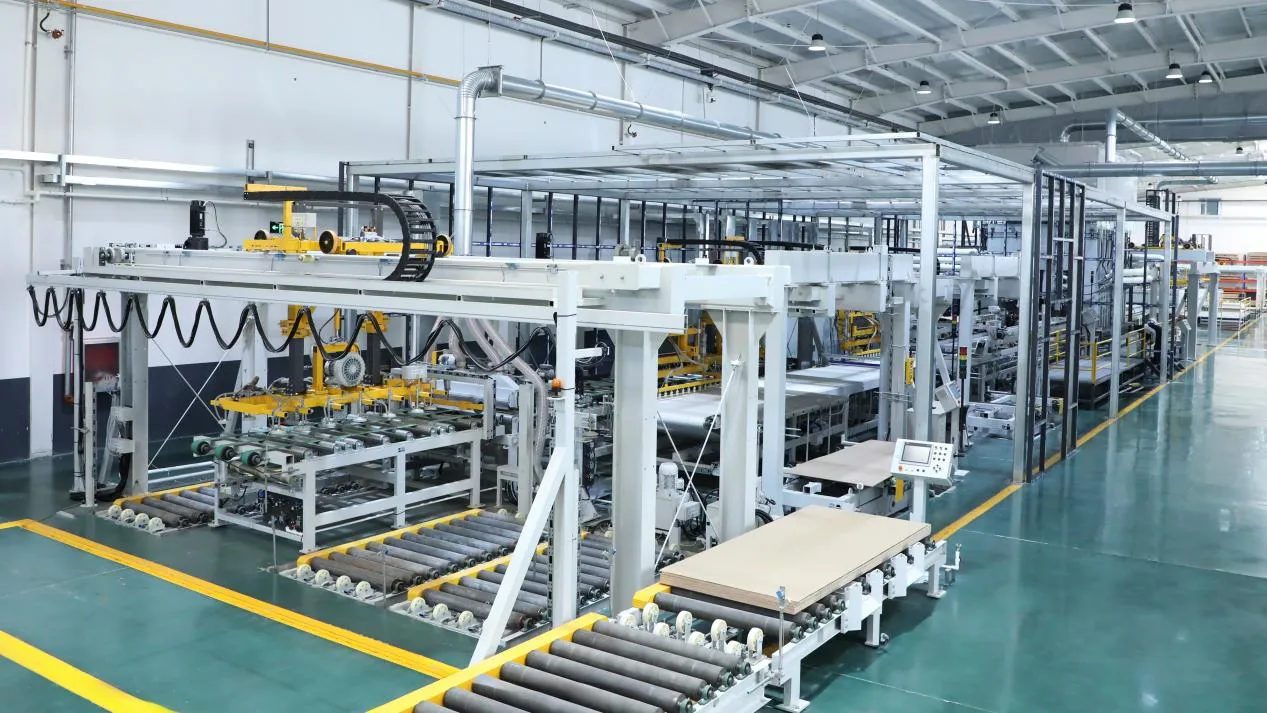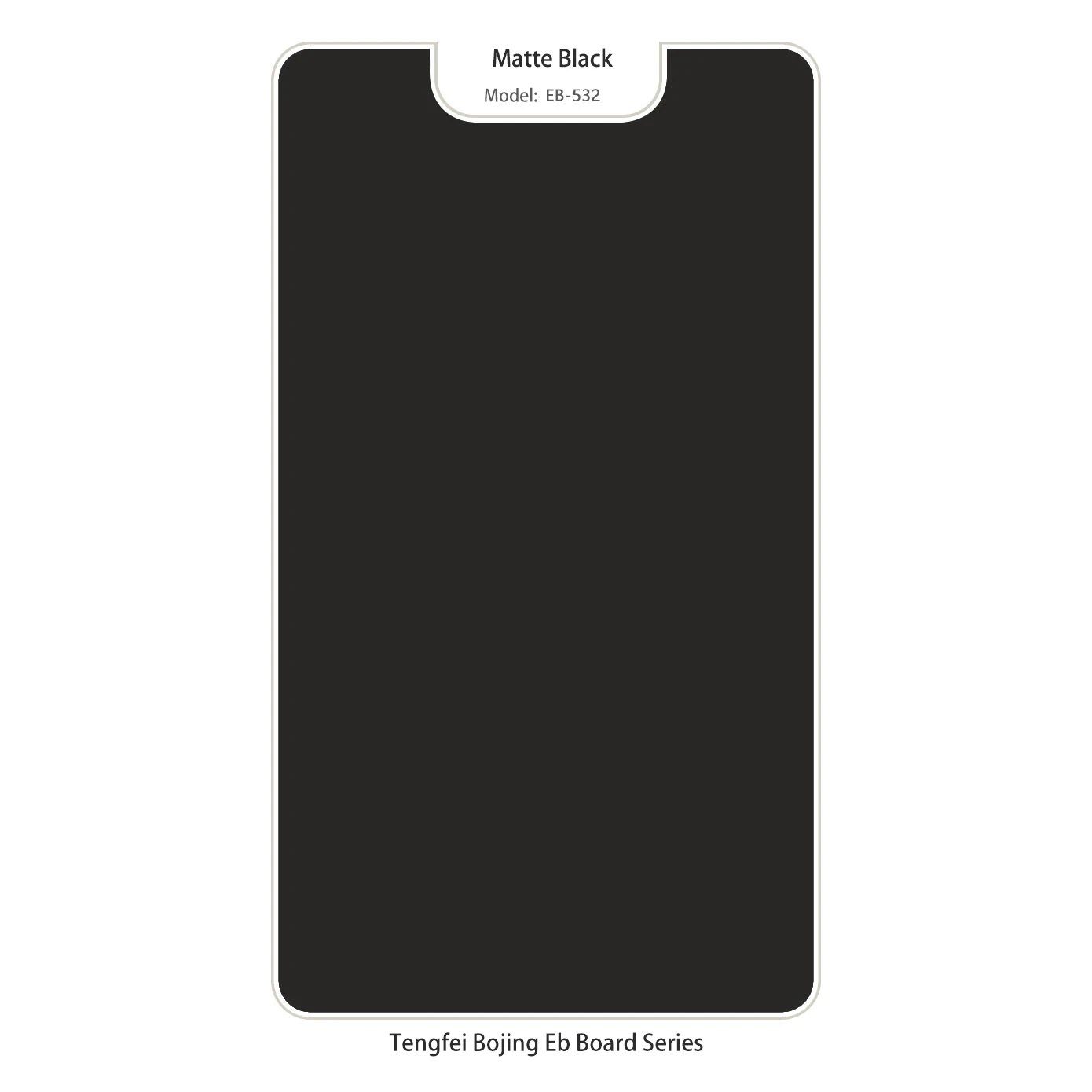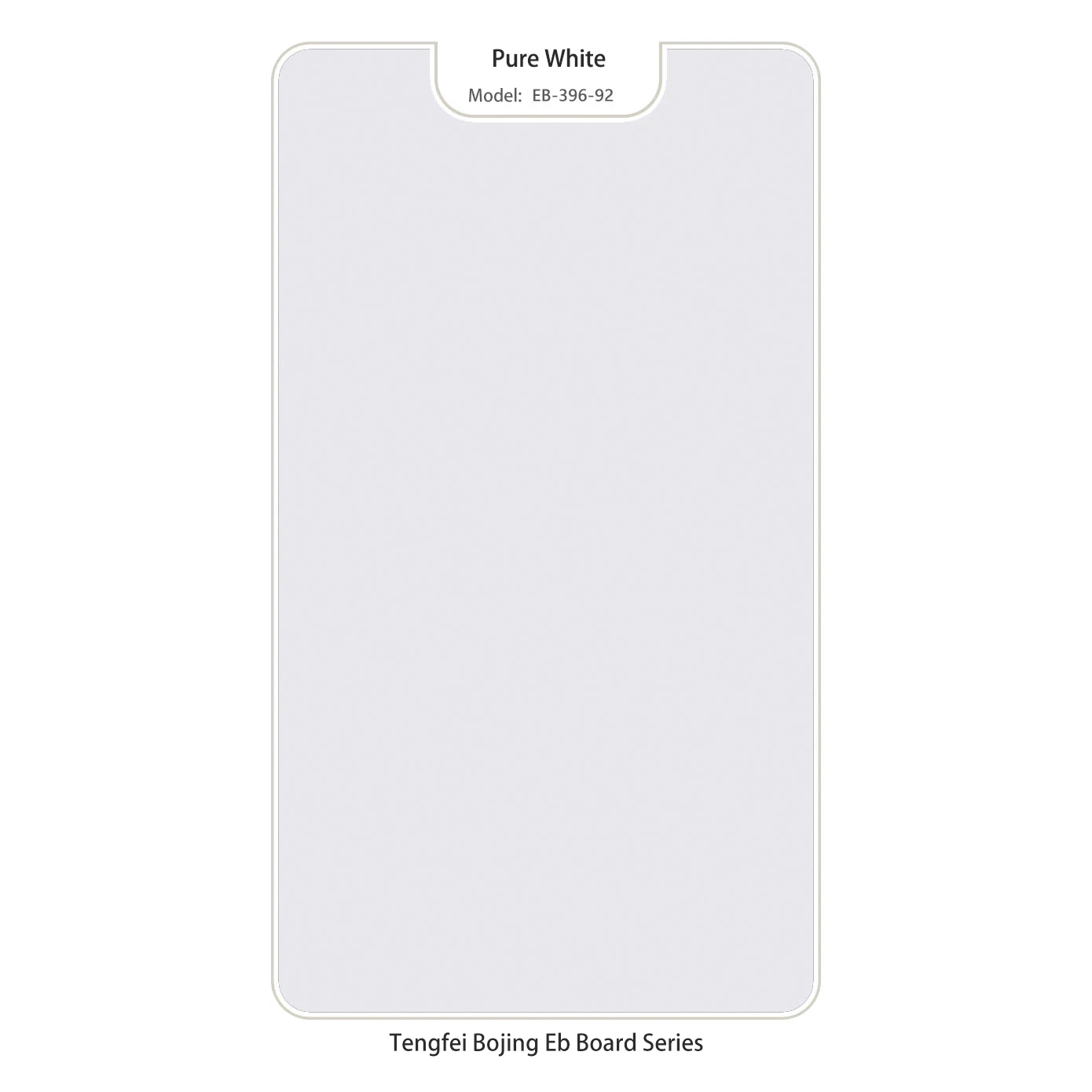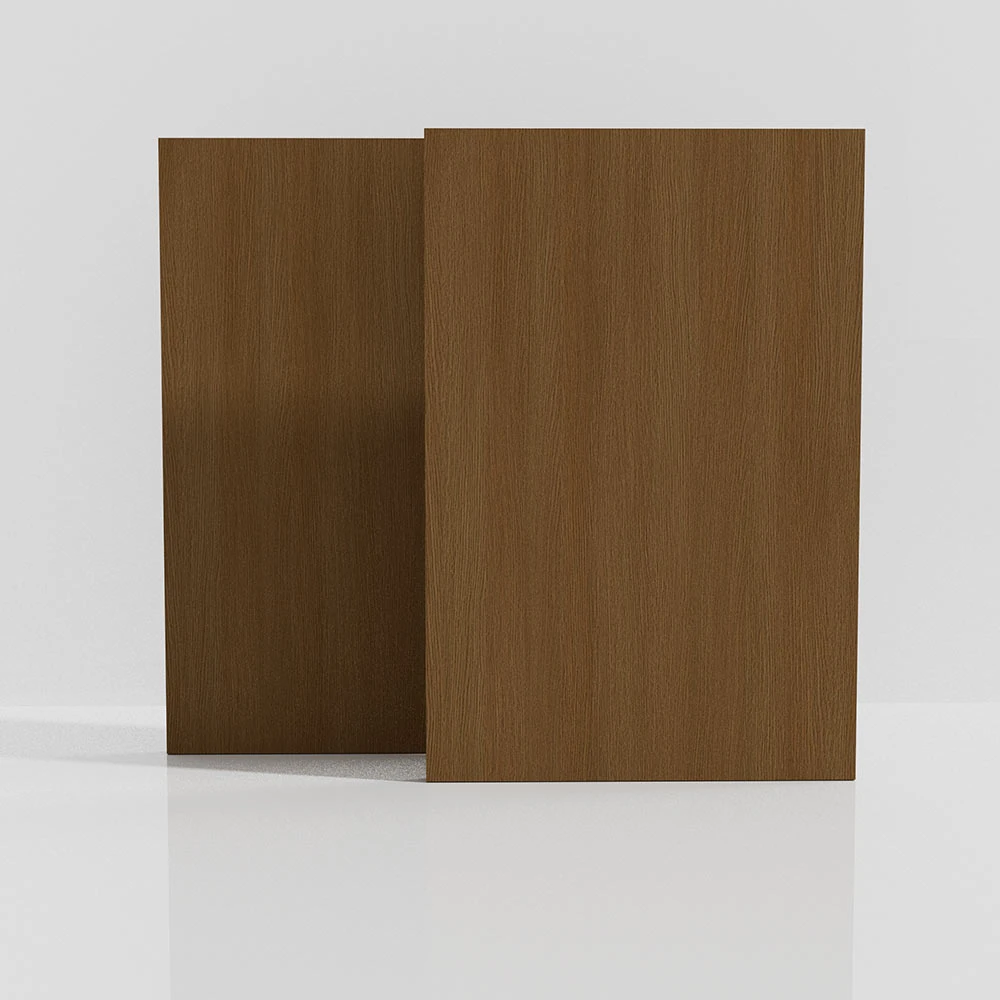Wood veneer has surged in popularity for both interior design and cabinetry projects due to its unique ability to combine natural beauty with cost-efficiency and sustainability. Whether you’re an architect, designer, or DIY enthusiast, understanding the benefits and applications of wood veneer can elevate your craftsmanship to a professional level. Today, let’s explore everything from wood veneer videos that demonstrate installation techniques to downloadable wood veneer PDFs that offer detailed specifications. Knowing the different types of wood veneer and how to select the right materials, such as veneer plywood for cabinets, is crucial for delivering a high-quality finished product.

Visual Learning with Comprehensive Wood Veneer Video Resources
For those new to wood veneer or looking to refine their skills, a well-produced wood veneer video is an invaluable resource. These videos walk you through the process of preparing surfaces, cutting veneer sheets precisely, and applying adhesives for a flawless finish. Midway through such videos, the focus often shifts to demonstrating proper sanding and finishing techniques that ensure longevity and aesthetic appeal. Watching professionals in action can help you avoid common mistakes and achieve results that rival commercial projects. If you prefer a hands-on approach, watching multiple videos from different creators offers a variety of tips and methods tailored to various project scales.
Detailed Guidance from Wood Veneer PDF Manuals and Guides
While videos provide practical demonstrations, an in-depth wood veneer PDF document offers detailed written instructions, technical data, and best practices. These PDFs are essential for those who want a quick reference during work or need specifications for purchasing materials. Around the middle section of these guides, you’ll typically find charts explaining the thickness variations, adhesive types, and finishing options suitable for different environments. The ability to access these PDFs offline allows craftsmen and builders to consult them on-site, ensuring every step—from surface preparation to final coating—is executed correctly and consistently.
Exploring the Diversity in Types of Wood Veneer
One of the most exciting aspects of working with wood veneer is the variety available. The types of wood veneer differ by species, cut, and finish, each bringing a unique texture and color to your project. From exotic hardwoods like ebony and rosewood to common varieties like oak and maple, each type offers distinct visual and physical properties. The core of many informational sections about veneer highlights the importance of selecting the right veneer to match your project’s functional requirements and aesthetic goals. Understanding these types allows designers and homeowners to mix and match veneers to create striking contrasts or harmonious blends in cabinetry and furniture.
Detailed Comparison of Types of Wood Veneer Sheets
When purchasing, it’s critical to distinguish between types of wood veneer sheets as they come in different cuts such as rotary cut, sliced, and quarter-cut. Each cutting method affects the grain pattern, which significantly influences the final look of cabinetry or paneling. Midway through product descriptions and catalogs, you’ll find examples showing how these different sheets perform under various finishes. For example, rotary cut veneers provide a broad, bold grain ideal for large surfaces, while quarter-cut sheets offer straight, fine grains that enhance traditional designs. Understanding these distinctions helps in selecting veneer sheets that align with the architectural style and wear requirements of the intended space.
Why Veneer Plywood for Cabinets Is a Preferred Choice
Cabinetmakers and interior designers increasingly choose veneer plywood for cabinets because it combines the visual appeal of solid wood with the structural benefits of plywood. The midsection of technical brochures often explains how veneer plywood enhances durability, reduces warping, and offers superior resistance to moisture compared to solid wood panels. This makes veneer plywood especially suitable for kitchen and bathroom cabinets where humidity levels fluctuate. Moreover, veneer plywood allows for eco-friendly practices by utilizing thin layers of precious hardwoods over more sustainable core materials. This means you get a luxurious finish without the environmental impact of using large solid wood slabs.
How Does Wood Veneer Compare to Solid Wood?
Wood veneer offers a cost-effective alternative to solid wood by using thin layers of real wood bonded to composite substrates. This approach delivers authentic grain patterns and textures while improving stability and reducing waste.
Can Wood Veneer Be Repaired if Damaged?
Yes, minor damage to wood veneer can often be repaired with wood filler, sanding, and refinishing. Deep scratches or peeling may require professional restoration or replacement of veneer sheets.
Are There Eco-Friendly Options Within Wood Veneers?
Absolutely. Many manufacturers now offer sustainably harvested veneer species or use reclaimed wood to create eco-conscious veneer products.
Wood Veneer FAQs
Q: Where can I find reliable wood veneer video tutorials?
A: Many professional woodworking sites and platforms like YouTube offer free, high-quality wood veneer video tutorials covering basics to advanced techniques.
Q: What should I expect in a comprehensive wood veneer PDF guide?
A: Expect detailed information on veneer types, cutting methods, application processes, and finishing tips essential for successful projects.
Q: How do I decide between different types of wood veneer sheets?
A: Consider the grain pattern, project scale, and desired aesthetic. Rotary cut veneers suit large surfaces, while quarter-cut sheets fit classic designs.
Q: Why is veneer plywood preferred over solid wood for cabinets?
A: Veneer plywood offers better dimensional stability, moisture resistance, and environmental benefits while maintaining an authentic wood appearance.
Q: Can veneer plywood for cabinets be customized?
A: Yes, veneer plywood can be cut, stained, and finished in various ways to match specific cabinet styles and color preferences.



